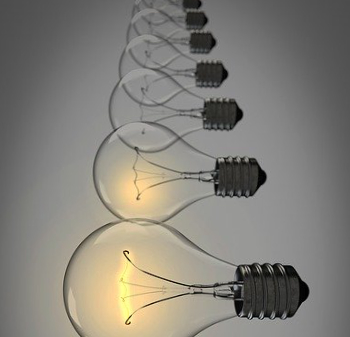Abiotic depletion potential
Contents |
[edit] Definition
Abiotic depletion refers to the removal of abiotic resources from the earth, or the depletion of non-living natural resources. For materials it is generally measured as abiotic depletion potential (ADP).
[edit] EN 15804:2012+A2:2019/AC:2021
ADP (both fossil and non fossil) are used as environmental impact indicators of EN 15804:2012+A2:2019/AC:2021 which is used as guidance in the generation of the life cycle assessment (LCA) methodology used to create Product Environmental Footprints (PEF). It is also considered to be one of the environmental performance indicators for the calculation, assessment and generation of environmental product declarations (EPDs).
In general it is separated out into two categories, one for non fossil based resources (minerals and metals) and a second for fossil resources. In both cases, it is recommended that assessment of ADP as an environmental impact indicator should be used with care as the uncertainties of the results are high and there is limited experience of its use as an indicator
[edit] Abiotic depletion potential (ADP) for minerals and metals (non-fossil resources)
In the same way that the global warming potential (GWP) of different pollutants are converted to ratios CO2 equivalent figures, ADP values are usually calculated to and equivalent of Antimony or Sb eq. Antimony (Sb) is a chemical element atomic number 51, a gray metalloid, found in nature mainly as the sulfide mineral stibnite. It is about one-fifth as abundant as arsenic, contributing on the average about one gram to every ton of Earth’s crust.
Examples
1 kg antimony = 1 kg Sb eq.
1 kg aluminium = 1.09 * 10^-9 Sb eq.
1 kg silver = 1.18 kg Sb eq.
(ref, ADP minerals & metals, EN 15804. Version: August 2021, Guinée et al. 2002, van Oers et al. 2002, CML 2001 baseline (Version: January 2016)
[edit] Abiotic depletion potential (ADP) for fossil resources
Here the weight of material is converted to its potential energy in unit in megajoules (MJ) equivalent to one million joules.
Examples
1 kg coal hard = 27.91 MJ
1 kg coal soft, lignite = 13.96 MJ
(Refs, ADP fossil resources, EN 15804. Version: August 2021, Guinée et al. 2002, van Oers et al. 2002, CML 2001 baseline (Version: January 2016)
[edit] Related articles on Designing Buildings
Featured articles and news
CIOB launches global mental health survey
To address the silent mental health crisis in construction.
New categories in sustainability, health and safety, and emerging talent.
Key takeaways from the BSRIA Briefing 2024
Not just waiting for Net Zero, but driving it.
The ISO answer to what is a digital twin
Talking about digital twins in a more consistent manner.
Top tips and risks to look out for.
New Code of Practice for fire and escape door hardware
Published by GAI and DHF.
Retrofit of Buildings, a CIOB Technical Publication
Pertinent technical issues, retrofit measures and the roles involved.
New alliance will tackle skills shortage in greater Manchester
The pioneering Electrotechnical Training and Careers Alliance.
Drone data at the edge: three steps to better AI insights
Offering greater accuracy and quicker access to insights.
From fit-out to higher-risk buildings.
Heritage conservation in Calgary
The triple bottom line.
College of West Anglia apprentice wins SkillELECTRIC gold.
Scottish government launch delivery plan
To strengthen planning and tackle the housing emergency.
How people react in ways which tend to restore their comfort.
Comfort is a crucial missing piece of the puzzle.
ECA launches Recharging Electrical Skills Charter in Wales
Best solutions for the industry and electrical skills in Wales.
New homebuilding skills hub launch and industry response
Working with CITB and NHBC to launch fast track training.























